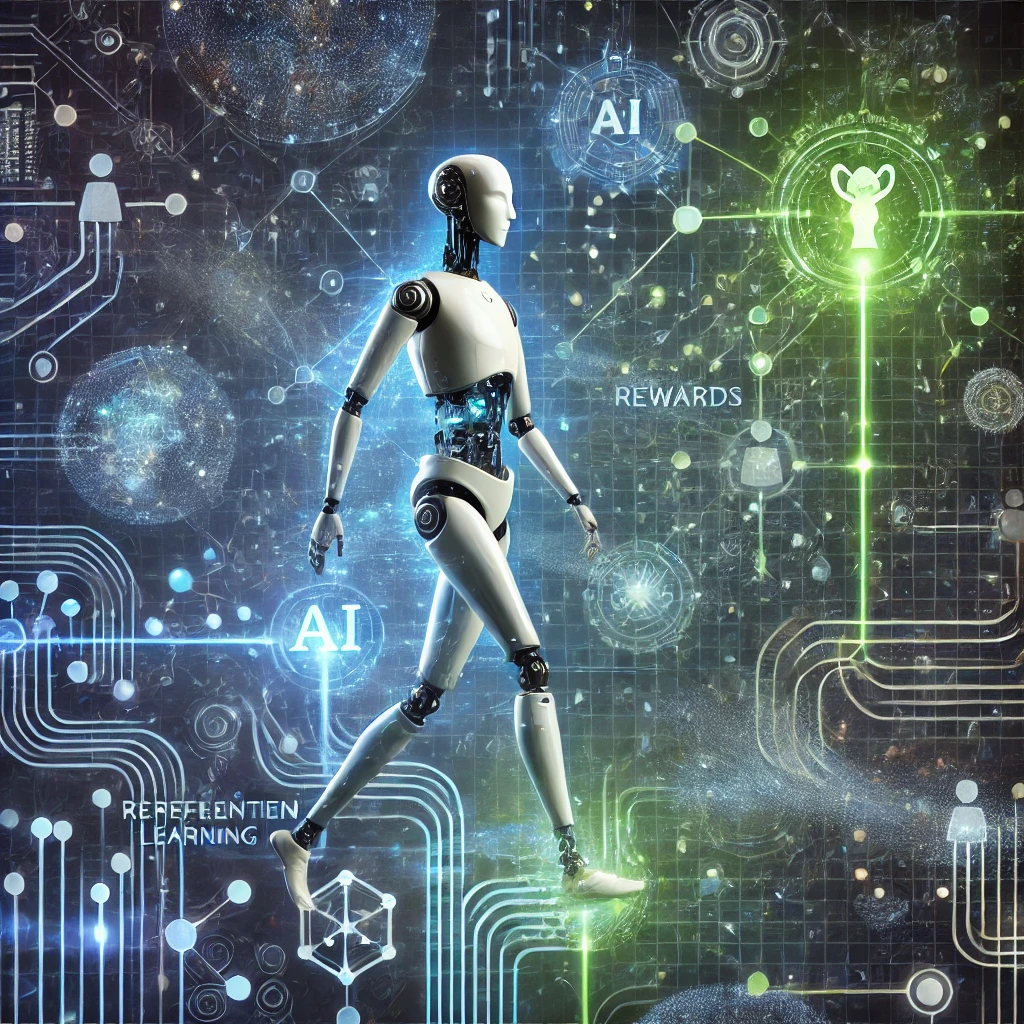An Overview of Reinforcement Learning

Reinforcement Learning (RL) is a fascinating and rapidly evolving area of machine learning, where an artificial agent learns to make decisions by interacting with an environment. Unlike supervised learning, which relies on labeled data, RL focuses on learning through experience, driven by a system of rewards and penalties.
Key Concepts in Reinforcement Learning
The core components of RL include the agent, environment, and actions. The agent is the learner or decision-maker, the environment is the external system the agent interacts with, and actions are the set of all possible moves the agent can make. The agent perceives its state in the environment, takes actions, and receives feedback in the form of rewards. The objective is to learn a policy, which is a strategy for choosing actions to maximize cumulative rewards over time.
A policy defines the agent’s behavior and can be deterministic or stochastic, ranging from simple rules to complex neural networks. For instance, in a game, the policy could dictate the moves the agent makes based on the current state of the game. The reward signal, provided by the environment, guides the agent toward desirable behaviors. This feedback mechanism is crucial for learning, as it helps the agent distinguish between beneficial and detrimental actions. The value function estimates the expected cumulative reward that can be achieved from a particular state or state-action pair, aiding in evaluating and improving policies.
In RL, there is a trade-off between exploring new strategies (exploration) and using known strategies that yield high rewards (exploitation). Balancing these aspects is essential for effective learning.
Markov Decision Processes (MDPs)
Reinforcement learning problems are often framed as Markov Decision Processes, a mathematical model that provides a structured way to model decision-making situations where outcomes are partly random and partly under the control of the decision-maker. Markov chains, a foundational concept in MDPs, describe processes that transition from one state to another based solely on the current state. MDPs extend Markov chains by incorporating actions and rewards, making them suitable for modeling RL problems. The agent’s goal is to find a policy that maximizes the expected sum of rewards over time.
Q-Learning and Deep Q-Learning
Q-Learning is a model-free RL algorithm that aims to learn the quality of actions, denoted as Q-values, which indicate the expected future rewards for taking an action in a given state. It uses an iterative update rule based on the Bellman equation to converge towards the optimal Q-values. Deep Q-Learning extends Q-Learning by using deep neural networks (DNNs) to approximate Q-values, a method popularized by DeepMind’s success in training agents to play Atari games. This approach, known as Deep Q-Networks (DQNs), allows RL to scale to problems with large state and action spaces.
Key innovations in deep Q-Learning include experience replay, storing and reusing past experiences to stabilize training; fixed Q-Targets, using a separate target network to improve the stability of the training process; Double DQN, which mitigates the overestimation bias in Q-value estimates; and Dueling DQN, which separates state-value and advantage estimations to enhance learning.
Conclusion
Reinforcement learning represents a powerful approach for training agents to solve complex tasks by learning from interaction and feedback. By leveraging techniques like Q-Learning and Deep Q-Learning, researchers and practitioners can tackle a wide range of problems, from game playing to robotic control and beyond. As RL continues to advance, it holds the potential to drive significant innovations across various fields, enhancing our ability to design intelligent systems that learn and adapt in dynamic environments.